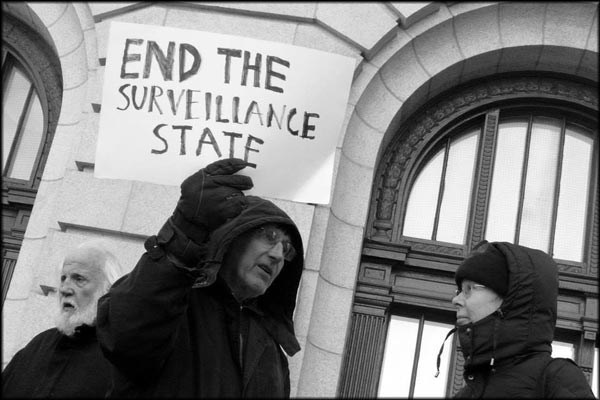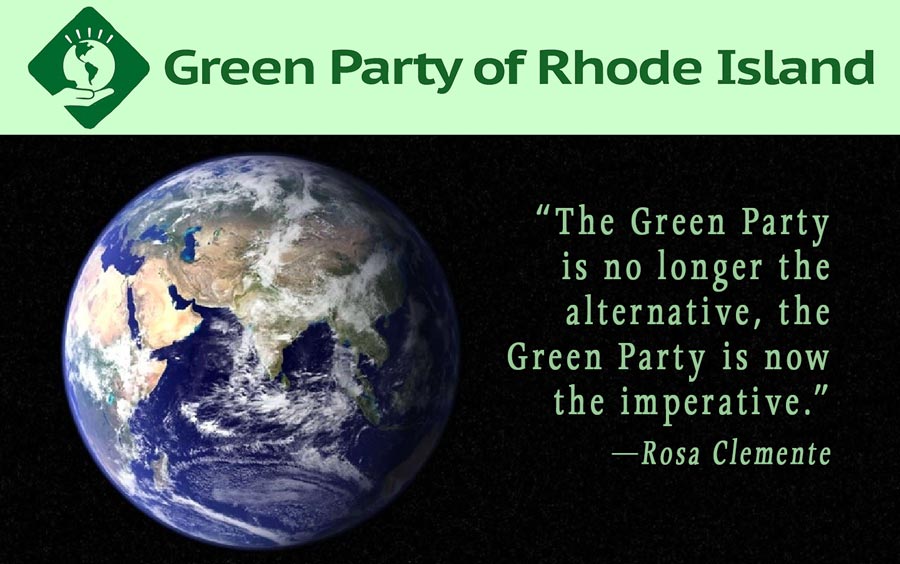
Green Party of Rhode Island
37 Sixth Street
Providence, RI 02906
¡Este es tu partido!
We Remember
Barbara Bradbury
Bob Sumner-Mack
Richard Walton
GREEN PARTIES IN WORLD POLITICS
After four decades of political change, more than 100 countries now have Green parties, representing voters on every continent—the Americas, Europe, Africa, Asia, and Oceania. Green leaders have been elected to national parliaments and local legislatures, direct executive departments and city governments, and have created a worldwide federation united by the powerful Global Greens Charter. The Greens were born in social movements of the 1970s—for human rights (especially women's rights), against nuclear weapons and nuclear power, for the protection of forests and other natural environments, against political corruption and authoritarian government, and for an end to war. The first Green parties were in Australia and New Zealand, founded in 1972. The Green movement here in the U.S. got started in 1984, with the Green Committees of Correspondence, founded in Kansas City, Missouri.
The Greens are Global — And Local, Too
The first Greens elected to a national government were Germany's Die Gruenen, elected to the Bundestag (Parliament) in 1983. And just a few weeks ago, the Mexican Greens (Partido Verde Ecologista de México) became the most successful Green party in the world, when they won an unprecedented 48 seats in Congress. In June, Latvia became the first nation with a Green head of state, when its parliament elected the Latvian Greens' Raimonds Vejonis as president. Greens are everywhere. We are the only party grouping which is truly organized on a global basis. After all, the problems we face are global problems.
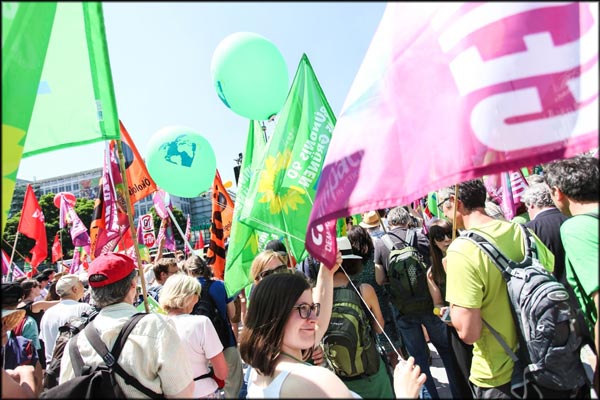
Greens protest G-7 in Munich (2015)
Greens in the United States
The national Green Party was founded in Santa Barbara, California in 2001, by 29 member parties of ASGP, the Association of State Green Parties. Forty-two states now send delegates to the Green National Committee, recognized by the Federal Election Commission (FEC) as official representative of all Green parties in the United States. To learn more about the national Greens, and Green parties in other states, visit the Green Party of the United States.
Most U.S. Greens recognize the "Ten Key Values" as core principles. Learn more about Green philosophy here: Ten Key Values of the U.S. Greens. The most recent platform of the U.S. Greens is here: Platform of the Green Party of the United States.
 Presidential Campaigns. A Green Party candidate has contested every presidential election in the United States since 1996. Our presidential candidates have been Ralph Nader (twice), David Cobb, Cynthia McKinney, and Jill Stein., who is running again in 2016, calling for a "Green New Deal." Voters are responding to the Green message. In fact, during each of these presidential election years, about 3 million American voters cast ballots for Green candidates, in elections for local, state, and congressional office. You read that right! There are already millions of Green voters in the U.S. Wherever Green candidates are on the ballot they're finding public support, drawing many voters to the Green column. Read more at Green Candidates and Elected Officials.
Presidential Campaigns. A Green Party candidate has contested every presidential election in the United States since 1996. Our presidential candidates have been Ralph Nader (twice), David Cobb, Cynthia McKinney, and Jill Stein., who is running again in 2016, calling for a "Green New Deal." Voters are responding to the Green message. In fact, during each of these presidential election years, about 3 million American voters cast ballots for Green candidates, in elections for local, state, and congressional office. You read that right! There are already millions of Green voters in the U.S. Wherever Green candidates are on the ballot they're finding public support, drawing many voters to the Green column. Read more at Green Candidates and Elected Officials.
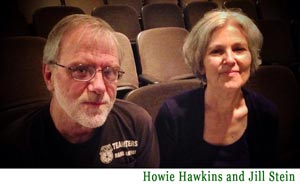 Statewide Green Candidates. Many of the most inspiring Green candidates have been for statewide and congressional office. Some of these, especially in California, Illinois, and New York, have earned hundreds of thousands of votes. In 2014, Green gubernatorial candidate Howie Hawkins earned more than 175,000 votes in New York State, on a platform calling for a $15 minimum wage, and an extensive green public works program to put all of that state's unemployed workers into crucial infrastructure, renewable energy, and agricultural jobs.
Statewide Green Candidates. Many of the most inspiring Green candidates have been for statewide and congressional office. Some of these, especially in California, Illinois, and New York, have earned hundreds of thousands of votes. In 2014, Green gubernatorial candidate Howie Hawkins earned more than 175,000 votes in New York State, on a platform calling for a $15 minimum wage, and an extensive green public works program to put all of that state's unemployed workers into crucial infrastructure, renewable energy, and agricultural jobs.
Local and State Campaigns. Most winning Green candidates in the U.S. have won non-partisan, local elections. In 2015 there are 131 Greens elected to office, in 23 states and the District of Columbia. Five states have had Greens in elected office continuously for 14 years or more: Wisconsin, California, Minnesota, Iowa, and Colorado. Read about the Green mayors who've served since 1990: Green Party Mayors.
Rhode Island Greens
The Green Party of Rhode Island was founded in Providence in 1992, just eight years after the first U.S. Green party in Maine, and just two years after the Green Party of Alaska became the first to win legal status. Rhode Island Greens were present when 12 state parties joined together in 1996, in Middleburg, Virginia, to found the national Association of State Green Parties (ASGP), and again in 2001 when ASGP became the Green Party of the United States. In fact, while our members have always been local activists first, they have served in key national positions including national secretary and international committee chair, and have represented U.S. Greens at meetings in Australia, Canada, Italy, and the Dominican Republic.
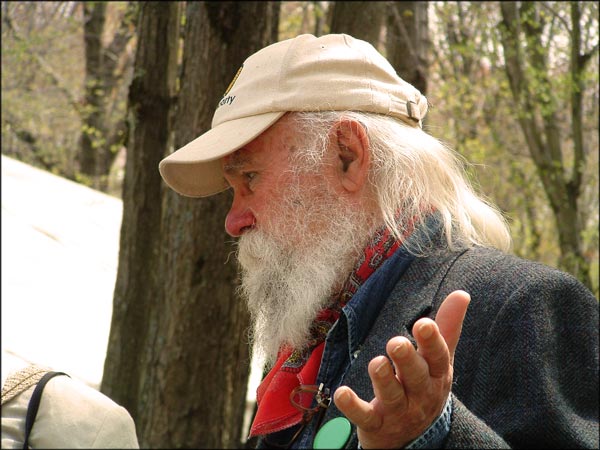
Richard Walton
Rhode Island Greens in Local Elections. When our presidential candidate Ralph Nader earned more than 25,000 votes (6.1%) in the 2000 election, the Green Party of Rhode Island qualified for official state party status, which we held from 2001-2005. Since 2005, our candidates have not matched Nader's total, and we no longer have full status. However, our local and state candidates are able to run as independents under state law, automatically qualifying for the general election as soon as nomination signatures are certified, and "Green Party" is listed as their party label on the ballot. Are you thinking of running for office as a Green? Get in touch, and we'll help you qualify! CONTACT US: Please send me information about running as a Green.
In addition to our five presidential campaigns, our most successful state candidate was Jeff Johnson, who earned more than 25,000 votes in two campaigns for Lieutenant Governor in the 1990s.
Other prominent candidates were Greg Gerritt, who earned more than 2,000 votes when he ran for Providence mayor in 2002; Jeff Toste, who earned nearly 30% of the vote in senate campaigns against 5th district incumbent Frank Caprio, Jr.; Anna Martin, whose campaign against the 4th district Democratic political machine gave Green activists their first experience with Rhode Island's hard-hitting local politics; and Dave Fisher, whose 2013 campaign for Woonsocket mayor brought Green politics to local elections in the Blackstone Valley—the birthplace of the industrial revolution in America.
In 2002 David Segal won election to the Providence City Council, to become Rhode Island's first (and only) Green elected official, and one of very few Greens in the nation to win a partisan election.
In 2012, the Green Party endorsed two non-Green candidates: we supported progressive Democrat Libby Kimzey for state representative, and Independent congressional candidate Abel Collins.
Today a member of our state committee, Tony Affigne, a strong proponent of alternative energy, is appointed to the Rhode Island Coastal Resources Management Council (CRMC), the only Green in the nation to serve on a powerful coastal commission.
Greens are different: We do electoral and movement politics
YOU CAN HELP! Greens are "a party of a different kind," combining electoral work with grass-roots organizing and direct action. We do it all—protest marches and rallies, street theater, electoral campaigns (federal, state, and local), public awareness projects, direct action, coalition-building, legislative lobbying, and public education. We can always use fresh ideas and new energy. Want to help? Click this link to find out how you can get involved: How to join MOVEMENT ACTIONS with the Greens. ![]()
